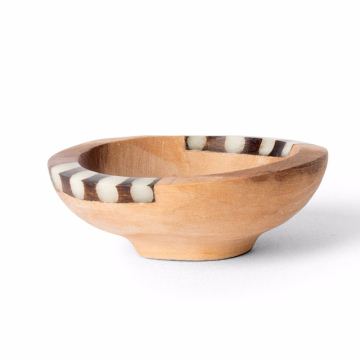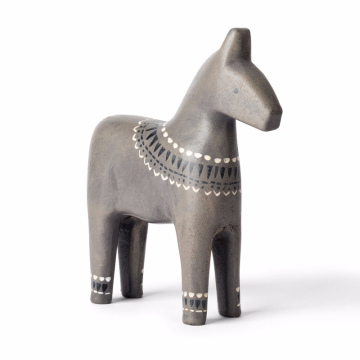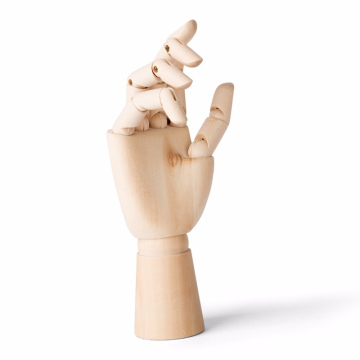The Origins of the Spanish Monarchy
The roots of the Spanish monarchy trace back to the Middle Ages when various kingdoms began to emerge on the Iberian Peninsula. Prominent among these were the Kingdoms of Castile, Aragon, Navarre, and León. Each of these regions developed its own identity, culture, and governance, laying the groundwork for a future unified state. The fractured political landscape of the period was characterized by conflicts and alliances that would define the Spanish identity as a whole.
A significant milestone in the formation of modern Spain occurred with the marriage of Isabella I of Castile and Ferdinand II of Aragon in 1469. Their union was not merely a romantic endeavor but a strategic alliance that aimed to consolidate power and territory. Together, these Catholic Monarchs embarked on an ambitious campaign known as the Reconquista, which sought to expel the Moors from the Iberian Peninsula, ultimately culminating in the conquest of Granada in 1492. The capture of Granada marked the end of Muslim rule in Spain and symbolized the unification of the two largest kingdoms under a centralized authority.
The Reconquista not only resulted in territorial expansion but also played a pivotal role in shaping Spanish identity. The Catholic Monarchs positioned themselves as defenders of the Catholic faith, which became a cornerstone of their reign and had long-lasting implications for Spain's societal and cultural framework. The expulsion of Jews and Moors followed this focus on Catholicism, reflecting the era's religious fervor and the monarchy's desire to establish a homogenous national identity. The formative years of the Spanish monarchy influenced not only regional politics but set the stage for Spain's future as a global power during the Age of Exploration.
The Golden Age and the Expansion of the Monarchy
The Spanish Golden Age, a pivotal period extending from the late 15th century to the early 17th century, marked an era of immense territorial expansion and cultural flourishing for Spain. This epoch catalyzed the establishment of the Spanish Empire, which became one of the most formidable global powers of its time. The monarchy, particularly under the reigns of Charles I and Philip II, played a critical role in navigating Spain through this transformative phase.
Charles I (also known as Charles V, Holy Roman Emperor) ascended the throne in 1516 and oversaw significant territorial conquests in the Americas. His reign heralded the exploration and colonization of vast lands, leading to the arrival of Spanish explorers such as Hernán Cortés and Francisco Pizarro. The wealth extracted from these newly acquired territories, notably gold and silver, not only fueled the Spanish economy but also facilitated the monarchy's ambitions in Europe. The consolidation of wealth enabled Spain to enhance its military capabilities, leading to numerous conflicts across the continent.
With the continuity provided by Philip II, who reigned from 1556 to 1598, Spain reached new heights of power and influence. Philip II inherited a realm characterized by artistic achievements and global dynamics. His reign saw the establishment of significant territories, notably the Philippines, named in his honor, and the flourishing of Spanish culture, including literature and the arts. However, the expanding empire also encumbered Spain with debts and the need for constant military endeavors, particularly against the Ottomans and later against England.
The interaction between the Spanish monarchy and its colonies during the Golden Age profoundly shaped both entities, fostering a dual legacy of cultural richness and sociopolitical challenges. This era defined the trajectory of the Spanish Royal Family, embedding them within a global narrative of exploration, conquest, and cultural exchange. Despite the eventual decline of their power, the implications of this period remain integral to understanding contemporary Spain and its historical identity.
The Decline and Restoration of the Monarchy
The Spanish monarchy faced significant challenges during the 19th and early 20th centuries, a period marked by political turmoil and societal change. The instability began with the Peninsular War (1808-1814), which saw the invasion of Spain by Napoleon’s forces and subsequently led to the establishment of various governments that undermined monarchical authority. Following the war, the Cadiz Constitution of 1812 attempted to create a constitutional monarchy; however, its implementation was met with a series of uprisings and opposition leading to the fluctuating reigns of both liberal and conservative factions.
The era of the First Spanish Republic (1873-1874) further illustrated the vulnerability of the monarchy as it emerged from the Bourbon restoration. This republican experiment was short-lived, plagued by political fragmentation and civil unrest, ultimately resulting in the return of the monarchy. King Alfonso XII's ascension to the throne in 1874 represented a moment of political stability, yet the monarchy continued to grapple with growing civil discontent, particularly in Catalonia and the Basque Country, stemming from regional autonomy movements.
The abdication of Alfonso XIII amid the socio-political upheaval of the early 20th century was another pivotal moment for the Spanish monarchy. The outbreak of World War I induced a deep economic crisis and social strife, culminating in the establishment of the Second Spanish Republic in 1931 after widespread disapproval of the monarchy’s inability to address these pressing issues. The subsequent Spanish Civil War (1936-1939) created a profound divide in Spanish society, leading to further questioning of the legitimacy of royal authority. Ultimately, the restoration of the Bourbon monarchy under King Juan Carlos I in 1975 came after a transition toward democracy, evolving the role of the monarchy while facing historical challenges that fundamentally reshaped its influence in contemporary Spain.
The Modern Spanish Royal Family and Its Role Today
The Spanish royal family, particularly under the leadership of King Felipe VI and Queen Letizia, plays a significant role in contemporary Spain. Upon his ascension to the throne in June 2014, Felipe VI aimed to modernize the monarchy, which had faced challenges in public perception due to previous scandals associated with the royal family. He committed to reinforcing the values of transparency, integrity, and dedication to public service, responding to a demand for a more relevant institution in a democratic society.
King Felipe VI serves not only as a symbolic leader of Spain but also as an ambassador for the nation on the international stage. He engages in diplomatic efforts that promote Spanish interests, enhance bilateral relationships with other countries, and support cultural diplomacy. The royal family's presence at international events showcases Spain's prominence and commitment to fostering global connections. Queen Letizia, a former journalist, complements this role by focusing on various social issues, including education, health, and gender equality. Her involvement with numerous organizations exemplifies the modern monarchy's dedication to societal progress.
Moreover, the contemporary Spanish royal family is actively engaged in promoting national unity. In times of political fragmentation, the monarchy serves as a unifying symbol, embodying the history and cultural diversity of Spain. The family participates in national festivities and public events, reinforcing the monarchy's identity as a central institution in Spanish life. However, the royal family is not without challenges. There are ongoing debates regarding the monarchy’s relevance, especially among younger generations, and issues surrounding public funding for the institution. As the political landscape in Spain continues to evolve, the Spanish royal family must navigate these challenges while maintaining its role as a modern constitutional monarchy in a democratic framework.








